1
HOME > Tips & Advice >
WHAT DOES ‘INVESTMENT PIECE’ REALLY MEAN?
Written by Ivan Yaskey in Tips & Advice on the 12th April 2021
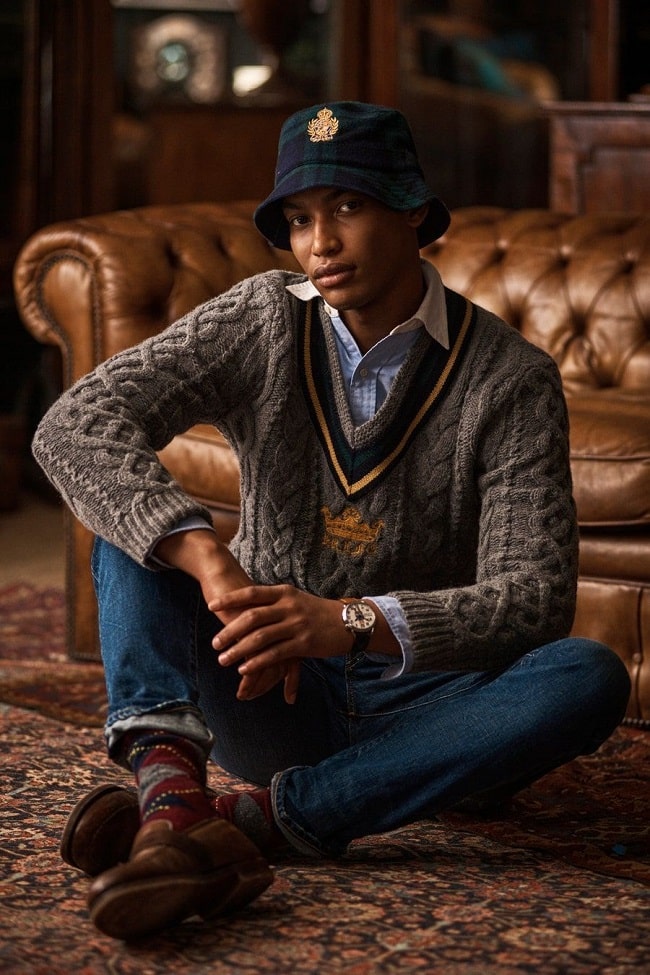
You’ve heard it. We’ve said it. “Investment piece” is one of those phrases that gets tossed around with the assumption everyone understands what it is. But, at a period of time where minimalist fashion, exclusive luxury streetwear, and flipping culture for trainers and watches all coexist with each other, the phrase gets muddied. More pointedly, it’s come to be associated with expensive for expensive sake, as if you’re purchasing a collectible.
Defining ‘Investment Piece’
For starters, expense and monthly-rent high price tag don’t make an investment piece. Instead, its status gets defined by its wearability. In this instance, “wearability” pertains to how often and how long you’ll keep the item in your wardrobe. Thus, both a white button-front you wash each week for work and a grey twill suit you take out three times a year for special occasions all fall within its scope. Tangentially, “investment piece” intertwines with brand recognition, although the two aspects don’t fully overlap. Rather, guides about building wardrobes and finding investment pieces suggest you seek out heritage brands’ classic items. This spectrum could be a crisp button-down from Ralph Lauren, a Burberry trench coat, or Louis Vuitton logo luggage. The brand, here, serves as a stamp of quality, promising longevity with both its usage and construction. Yet, the brand itself shouldn’t be viewed as the be-all-end-all factor. Not everyone can afford these high-priced classics, for starters. Secondly, if you’re someone who takes fastidious care of your wardrobe, even mid-dollar and high-street fare constitutes an investment piece. Third, with brands releasing exclusive collabs periodically, such items indeed turn into collectibles that, through their novelty design or allure, won’t likely make it into your weekly wardrobe. In turn, this last classification may be ripe for flipping – or turning a profit on your original purchase – after a point in time.
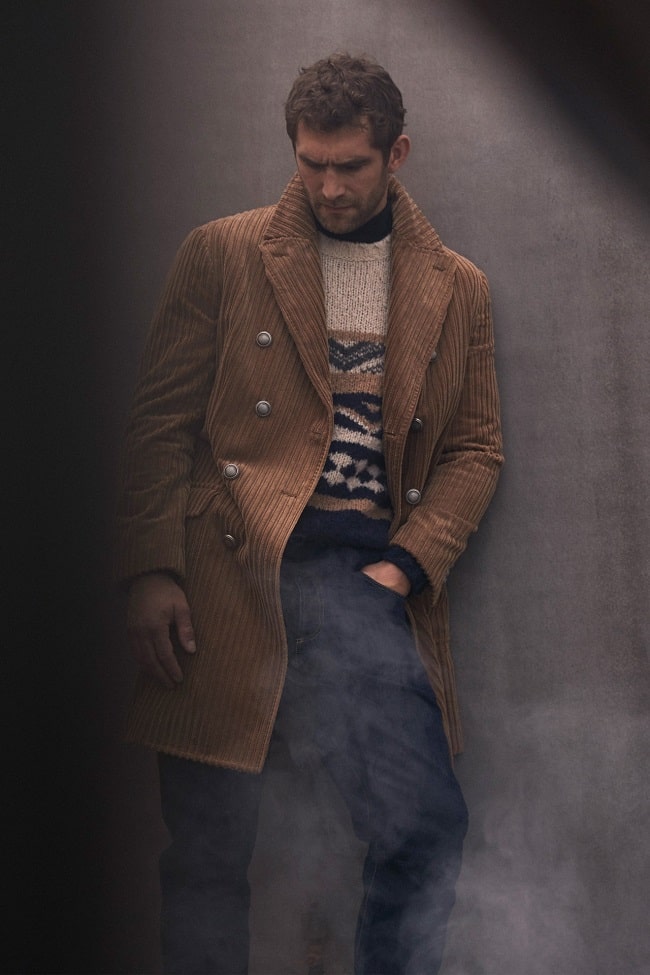
Thus, in considering what an investment piece should do, the item shouldn’t be season specific, unless it’s, say, a polo or notch-collar shirt you’ll be wearing every summer. On this note, these garments elude of-the-moment trends that will be done by the end of the season. To sum it up, if you can’t answer “How long will I wear this?” with a larger number, the item’s truly a novelty, no matter the price attached. Building off this factor, versatility runs through the purpose of an investment piece. Even a suit can be broken up into separates. Especially with traditional work wardrobes disappearing in favour of smart-casual styles, what you select should generally, although not always, carry from the office to the weekend and be shifted among the garments in your wardrobe. Jeans to chinos, pilot jacket to blazer, a true investment piece never looks or feels out of place or deliberately forced. As perhaps the final factor of this definition, construction remains a keystone. Lightweight, synthetic materials that tear or show damage easily rarely extend the life of your clothing and may not deliver the longevity you’re seeking – although this aspect, too, depends on care. On this note, you’ll find plenty polyester wide-collar shirts from the ‘70s in pristine condition. Outside of such exceptions, elastic and majority-stretch materials tend to show wear and develop a slack appearance sooner compared to their natural counterparts like cotton, silk, and leather, which are more likely to keep their shape for longer. That doesn’t mean being haphazard or lax with maintenance, and if you truly consider a style an investment, you’ll put in the upkeep to ensure it stays that way.

Investment Doesn’t Equal Price
As already mentioned, your search for investment pieces shouldn’t strictly be contingent on price. Rather, the investment comes down to how frequently you’ll wear it: This can justify the expense of high-ticket items, but it’s not the sole qualifier, nor does it elevate a season-driven piece. Especially with over a decade of sneakerhead culture fueling the secondhand streetwear market and bleeding over into watch flipping, “investment” has taken on a somewhat different meaning: What you’ll be able to get when you resell this particular garment. This lens currently justifies – or has become the impetus for – exclusive drops being quickly snatched up once they debut – all you have to do is look at the confusing popularity of Crocs collaborations as one example – but also stems from others emptying out their wardrobes and wondering what they can get for shirts, trousers, and shoes they haven’t worn over the past three years or so. The fact is, fashion, to some extent, mirrors the auto industry: As soon as you start to wear an item, its value immediately depreciates, and you likely won’t recoup what you initially put into it. Yet, this aspect isn’t uniform or consistent. For one, those classic, expensive investment pieces have no clear expiration: If you can’t tell when the garment, footwear, or accessory debuted, it continues to have relevance, and it’s from a sought-after brand like Gucci or Hermes, you might be able to break even, if not turn a profit, if you’re not planning to hold onto it.
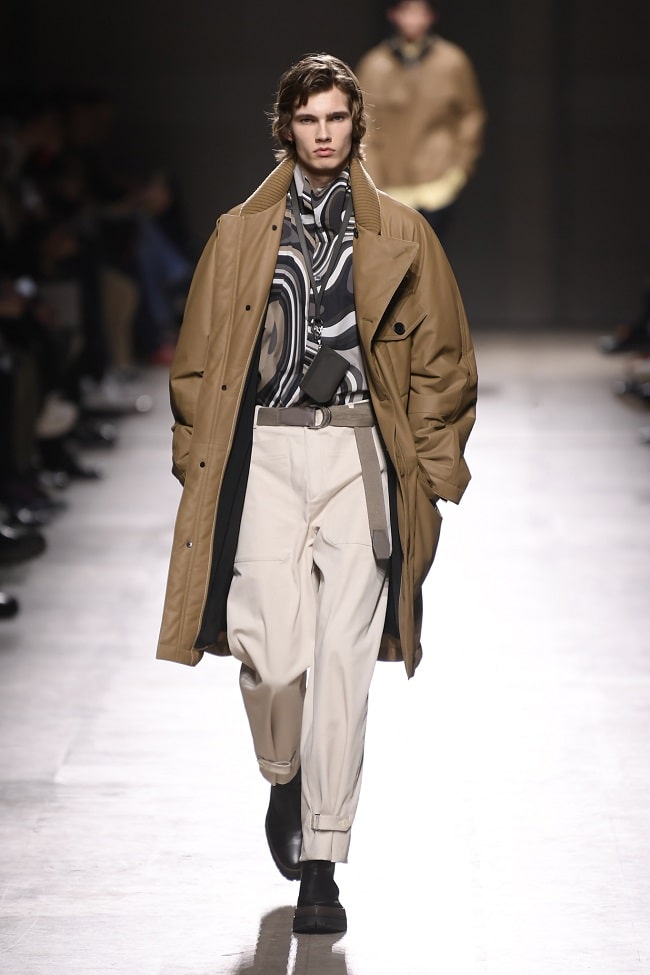
Exceptions to this rule exist, of course, and all you have to do is swing by Grailed or eBay to see exclusive, one-off collabs – or anything by Supreme – being marked far above its original asking price. The demand, here, comes from the exclusivity and, as we’ve already touched on, its collector-like status. Through this narrow vein, those seasonal, entirely time-based items thrive. Then, there are the fluctuations behind vintage fashion and the 20-year cycle that transitions a garment or accessory from new and in-demand to old and passe to thrift worthy and, eventually getting close to the two-decade mark, a vintage piece. Consider the rapid hype from Gen Z and younger Millennials around Y2K fashion – trends last seen in the late ‘90s and early ‘00s that you swear you spotted at your local thrift shop just five years ago. Spinning off this, there’s the whole culture around flipping and selling watches and avoiding all the fakes out there. Watches – due to the lack of metal price fluctuations – often appreciate with time, particularly if you purchase a mechanical or automatic timepiece from a luxury brand, like Rolex or even TAG Heuer. Especially if you’ve worked to maintain it and have the box and papers ready for sale, your investment will likely pay off, especially if you have an exclusive or vintage watch in near-pristine condition.
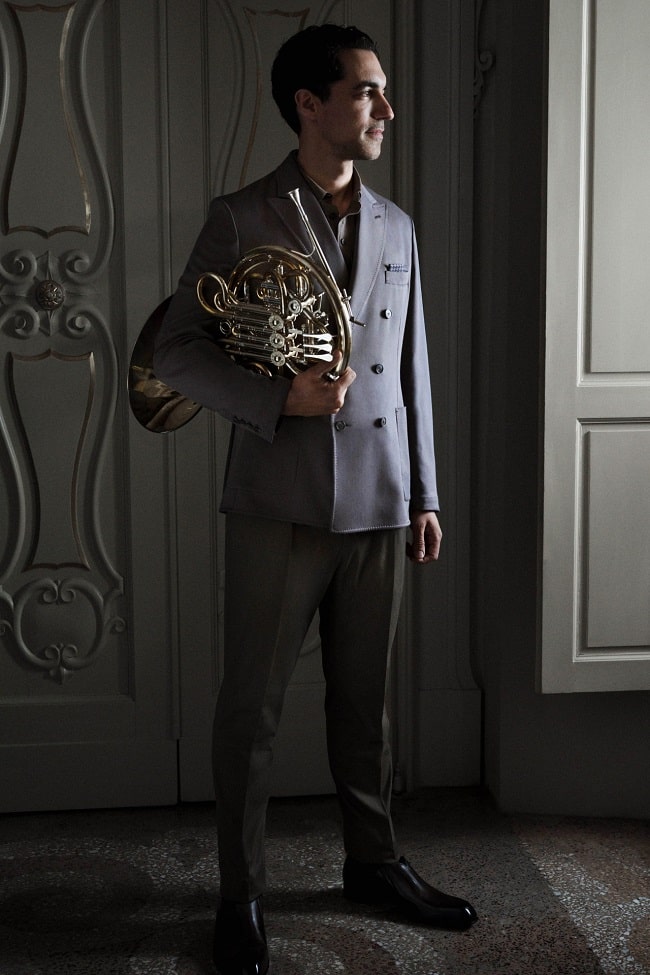
Key Investment Pieces
For any man, investment pieces fluidly pair with current, on-trend fare to other classic garments, delivering clean lines and a sense of timelessness in the process. As building blocks of your wardrobe, these garments embody the crisp precision of ageless style without showing wear or age. If you’re just getting into investment pieces and seeing what you have (or need), start with the following:
Denim
Leave the acid wash and rips in their respective decades. Investment-worthy denim, regardless of brand, transcends time period with a solid dark or light finish – no fading or distressing – and a slim to relaxed fit. Selvedge and Japanese denim fit these descriptors to a tee, but you can easily say the same about a pair of Levi’s.
Dress Shoes
Oxford, derby, or brogues? The answer is, yes, yes, and yes, provided you seek out a higher-grade leather and Goodyear-welt construction and regularly get in the habit of polishing your set.
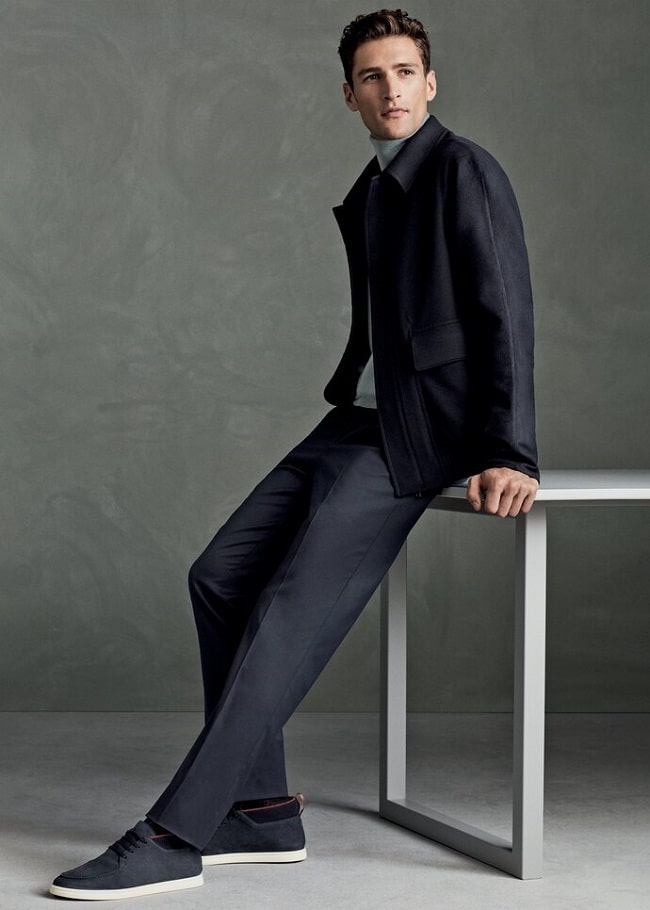
Wool and Cashmere Knits
Acrylic and polyester often start to show their age and, along with providing decreased durability, won’t deliver the warmth you seek when winter arrives. Wool is a reliable starting place for its heat-retention and moisture-wicking properties. If you have the dough, further consider cashmere for its refined appearance, soft feel, and deceptive strength.
Button-Fronts
The options are numerous and frankly overwhelming. To narrow it down, look for a cotton button-front – with a point rather than buttoned collar – made of a twill or oxford material in white or light blue.
Suiting
The rules you know still apply. Black is generally for funerals, while for your go-to suit, navy, charcoal, or grey is preferred. While synthetic options look like you’re getting a deal, you don’t want to skimp here. Instead, seek out something bespoke (or tailored after you purchase it off the rack) made of wool or tweed for autumn, spring, and winter and balance this with a summer suit made of linen or unlined cotton.

Trending
2
3
4
5
6
7
8
9
10










